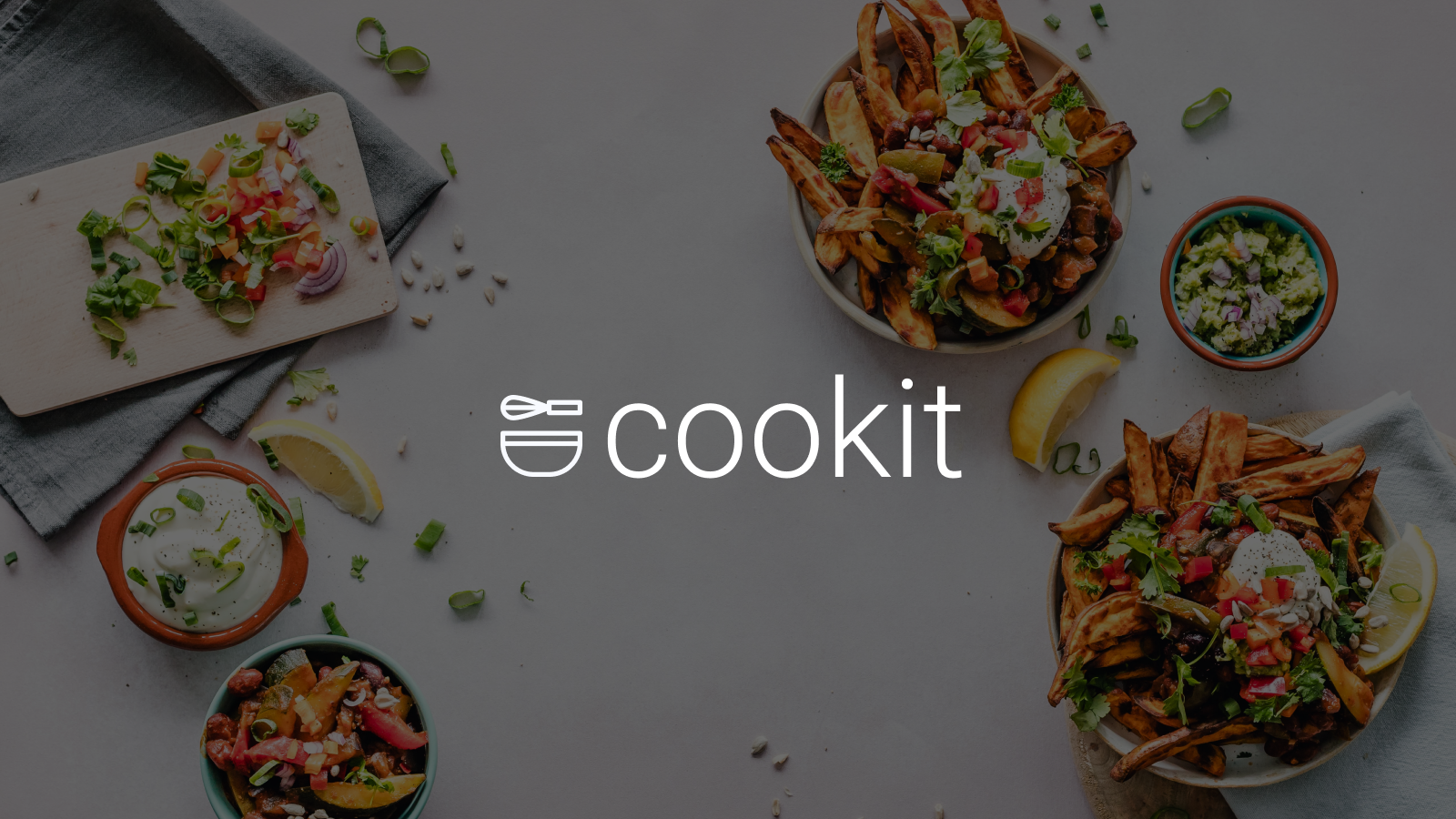
Overview
The Project
With the COVID-19 pandemic, more and more parents are finding themselves staying at home, and finding recipes based on their preferences can be challenging. Figuring out what to eat, the different ingredients required, and the different type of cookware needed are all factors that go into the decision process of selecting a recipe to cook.
Problem Statement
How might we design a way for stay at home parents to discover new recipes to make for their families?”
My Role
User research, Interaction Design, Visual Design
Duration
1 Week
Tools Used
Figma, Whimsical, Zoom
Team
Tien Tran, Terry Hollins, Charlie Boling
User Research
Five directed interviews were conducted over Zoom with parents of different ages and backgrounds who cook for their families multiple times a week. In these interviews the team wanted to get an in-depth understanding of what goes into the decision making process of choosing a recipe, what deters them from trying a new recipe, and what criteria they use to make their choices.
User Interviews
“One child is extremely picky. Eats no vegetables, sauces, soup, eggs.”
“Prep time is the biggest factor. If it’s more than an hour... nobody really has time for that”
Survey Results
Alongside the user interviews the team used surveys to gather a large pool of responses from users who would use the app. The survey was created in Google Forms and was distributed to a Facebook group centered around parents looking for recipes. A total of 30 responses were recorded and the team gained valuable insights from a wide range of people.
56% of families have strict dietary restrictions
45% of respondents reportedly cook for “pick eaters”
96% of respondents use the internet to discover new recipes
98% of home cooks look at reviews before cooking
Participants had children between 6 months and 26 years of age
User Persona
To guide our design process, a user persona was created from the data we got from user research. Motherly Martha, a 51 year old stay at home mom of three children who loves to cook and care for her family. Although she has experience cooking for her family, she struggles with finding new recipes for two of her kids who have allergies to peanut oil and strawberries.
“I wish searching for quick meals for my family wasn’t so complicated”
Wireframing
While creating our wireframes, we wanted to provide a personalized experience for our users so that they are presented with recipes tailored to their needs and wants. Additionally, within our app we wanted to provide easy to read recipes along with the required ingredients and cookware needed in order to make the dish so that everything is located in one central location.
Usability Testing
Before finalizing our designs, our team conducted usability testing to test the usability of our app, and gain overall impressions on the look and feel. Shown below is a list of improvements that were made to our designs before they were finalized.
-
Refresh menu bar and relocate search tab
Improve legibility for recipe instructions
Simplify profile section
Revise user rating system and indicators
Brighten images and alter purchase page
Final Designs
Once wireframing and usability testing was complete, our app really became alive with our final mockups. We gained valuable insights from usability testing which helped us refine our designs. The app features an onboarding process that allows user to set their preferences, personalized recommendations for recipes, easy to read recipe pages, and a video showing how the recipe is made. The users also have the option to save the recipe to their “cookit” book for later reference, and view their grocery shopping list.
Takeaways
Looking back on this project, it was essential that we spent time getting to know and understand the stay at home parent demographic. Because we didn’t have the experiences that they had, it would have been unwise for us to design an app designed for stay at home parents without consulting them. From this project, I developed a newfound respect for the importance of user research because without it, designing to make a bigger impact on the world would not be possible.


















